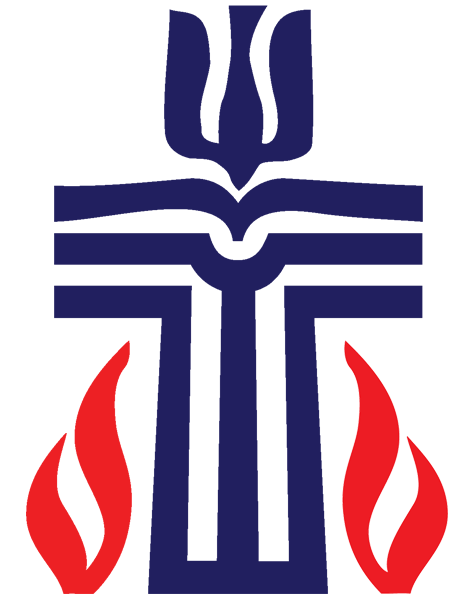One day when I was young, my mother read a McDonald’s ad in the newspaper, fell in love with it, tore it out and pinned it to the wall. And there it stayed until the day that house was put on the market. It was an unusual McDonald’s ad: no Ronald McDonald or hamburgers. Instead, it was a long quote attributed to Calvin Coolidge. It read,
Nothing in this world can take the place of persistence. Talent will not; nothing is more common than unsuccessful men with talent. Genius will not; unrewarded genius is almost a proverb. Education will not; the world is full of educated derelicts. Persistence and determination alone are omnipotent.
In this graduation season, these are the kind of words we might commend to our young people—to Nathan and Bri, for example, as they set out for college this fall, and the wide world that awaits them beyond. And I have no quarrel with the sentiment—I know that talent, education, even genius, wonderful as they are, are not the secret sauce. But these words, which end with the word, “omnipotent,” a word I generally reserve for God, come perilously close to a saying that does trouble me: “The Lord helps those who help themselves…”
Rembrandt Harmenszoon van Rijn, 1606-1669. Storm on the Sea of Galilee, from Art in the Christian Tradition, a project of the Vanderbilt Divinity Library, Nashville, TN. https://diglib.library.vanderbilt.edu/act-imagelink.pl?RC=57953 [retrieved May 29, 2021]. Original source: https://commons.wikimedia.org/wiki/File:Rembrandt_Christ_in_the_Storm_on_the_Lake_of_Galilee.jpg.
Read more
